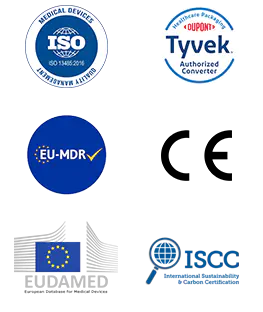In recent years, as the demand for sterility assurance in medical, laboratory, and pharmaceutical fields continues to rise, the importance of Heat Sealing Sterilization Pouches has become increasingly evident. As a core consumable in sterilization packaging, these pouches not only provide protection during sterilization but also directly determine the safety of instruments and consumables during use. However, users have also raised key concerns in practice, particularly regarding seal strength, the balance between breathability and sterilization effectiveness, and the risk of mis-sealing or damage during operation.
Content
User Concerns and Challenges
| Key Concern | Core Issue | Potential Impact |
| Seal Strength | Weak or cracked seals | Loss of sterile barrier, increased contamination risk |
| Breathability vs. Sterilization Effectiveness | Insufficient breathability limits sterilization; excessive breathability reduces barrier performance | Restricted sterilization effectiveness, reduced storage safety |
| Risk of Mis-Sealing or Damage | Incorrect sealing machine parameters; human error; packaging stress | Sterilization failure or barrier loss during storage |
These challenges reflect that user expectations go beyond basic usability. What is needed is stability, safety, and traceability throughout the sterilization packaging process.
Seal Strength: The First Line of Defense in Sterilization
Seal strength is one of the critical quality indicators of sterilization pouches. In practice, insufficient sealing may cause packaging rupture during sterilization, exposing items to contamination. On the other hand, excessive sealing can deform materials, reducing convenience of use.
Industry findings show that current user concerns mainly include:
Parameter Optimization: Different materials require precise control of temperature, pressure, and time to ensure proper sealing.
Edge Design: Multi-layer composite films must balance strength and flexibility to prevent cracking during transport.
Batch Stability: Users have reported variability in seal performance across batches, which can undermine sterilization reliability.
Balancing Breathability and Sterilization Effectiveness
The breathability of sterilization pouches directly influences the penetration of sterilizing agents. Current mainstream products must strike a careful balance:
1.Compatibility with Steam Sterilization: Pouches must allow adequate steam permeability while maintaining structural integrity.
2.Barrier Function: After sterilization, the packaging must prevent microbial penetration.
3.Material Selection: New composite materials demonstrate advantages in both breathability and barrier performance, though cost remains a challenge.
It is worth noting that excessive breathability may increase the risk of secondary contamination during storage, requiring rigorous material validation during development.
Risk Management: A Full-Chain Perspective from Production to Application
During use, sterilization pouches face multiple risks:
Mis-Sealing
Incorrect machine settings may result in incomplete sealing.
Insufficient operator training can cause human error.
Material sensitivity to heat can affect sealing outcomes.
Damage Risks
Friction and compression during transport may cause micro-leaks.
Low temperatures may increase material brittleness.
Sharp instruments require additional protective packaging designs.
Industry experts suggest establishing a comprehensive quality control system across the supply chain, including:
Stricter raw material inspection
Optimized production processes
Improved transport packaging
Standardized operator training
Technological Innovation and Industry Outlook
To address the challenges users face with sealing strength, breathability balance, and operational risks, the industry is moving toward innovation and process improvements. From smart monitoring to material science, and from sustainability to standardization, these efforts are shaping the future of sterilization packaging.
1. Smart Monitoring Technology
Traditionally, sealing quality is confirmed by manual inspection. However, as sterilization safety standards rise, smart solutions are emerging. Future packaging materials may integrate real-time seal quality monitoring, providing immediate feedback on seal integrity. Research into visual pressure or temperature indicators is also progressing, enabling direct confirmation of process parameters during sealing. These technologies not only enhance reliability but also strengthen quality traceability.
2. Breakthroughs in Material Science
Material innovation remains a driving force in the industry. New-generation sterilization pouches are exploring self-healing composites that can repair micro-cracks in seal areas, enhancing barrier integrity. At the same time, the development of bio-based and eco-friendly materials is gaining attention. These solutions not only improve breathability and microbial barrier performance but also reduce environmental impact, supporting sustainable sterilization packaging.
3. Standardization Efforts
As global circulation of medical and laboratory supplies increases, standardization becomes more critical. Current testing methods for sterilization pouches still vary, with different regions adopting inconsistent practices for seal strength, breathability, and durability testing. Moving forward, harmonizing testing methods will improve product comparability and support clearer regulatory pathways. Expanding performance evaluation frameworks to include seal strength, breathability, barrier protection, and usability will provide clearer direction for the industry's development.
With stricter requirements for sterilization safety, the heat sealing sterilization pouch industry faces both heightened regulatory oversight and intensified technical competition. In the future, companies that can accurately respond to user concerns while continuously improving performance will secure stronger positions in the market.

 English
English Français
Français Deutsch
Deutsch Nederlands
Nederlands

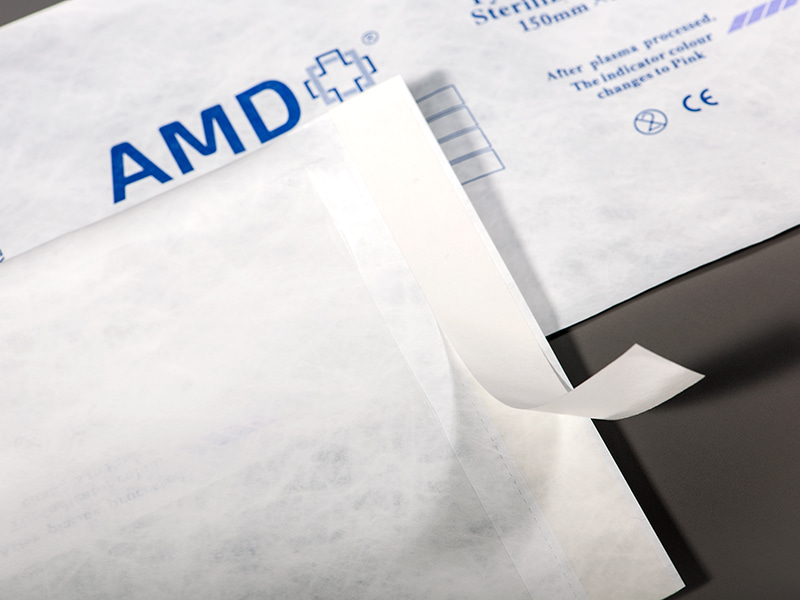
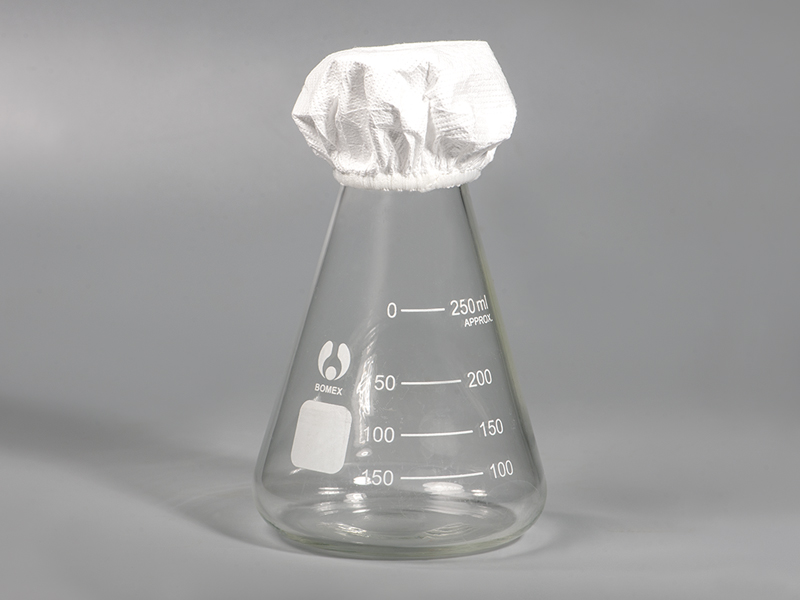
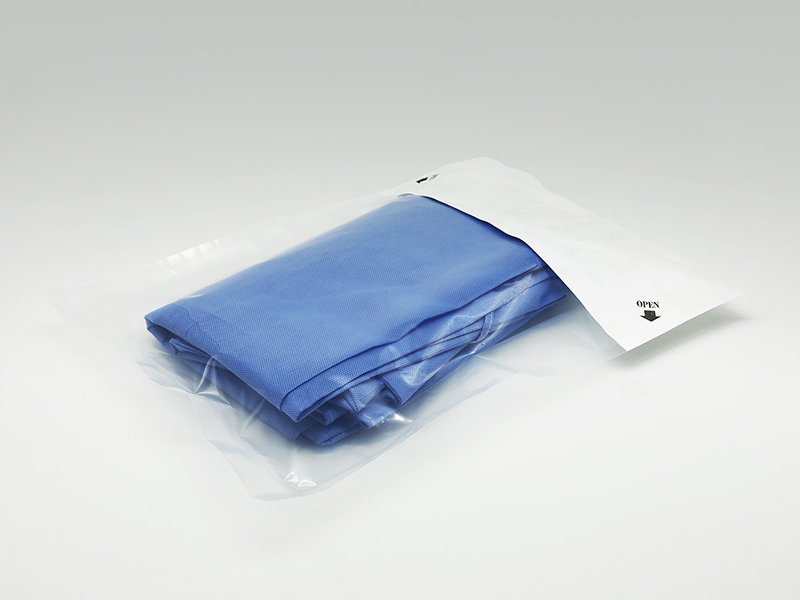


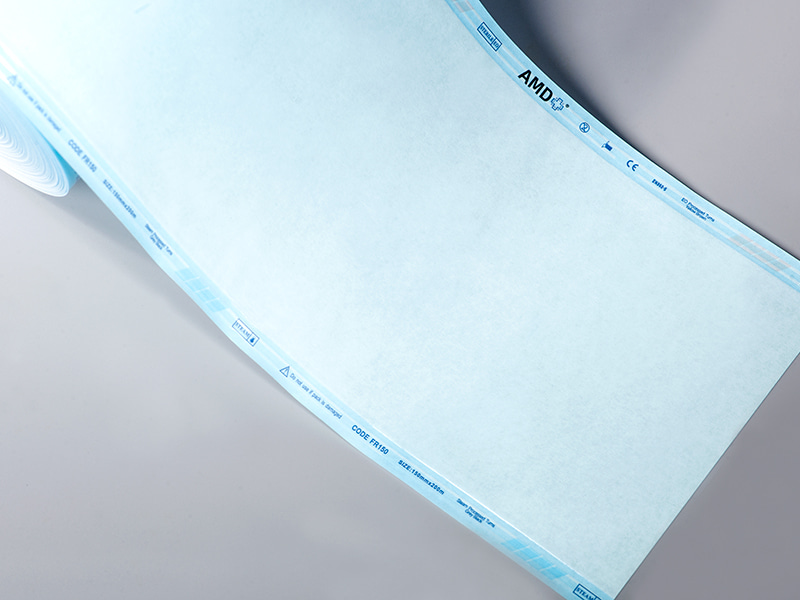
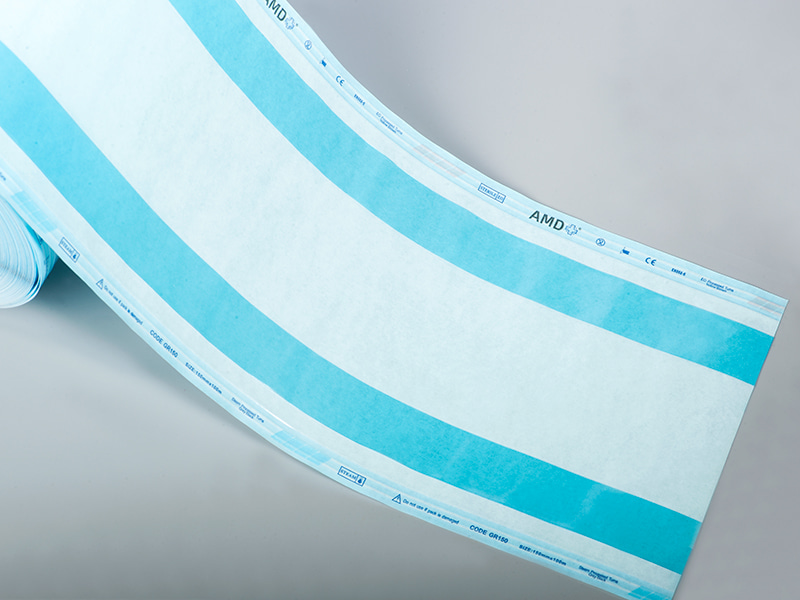
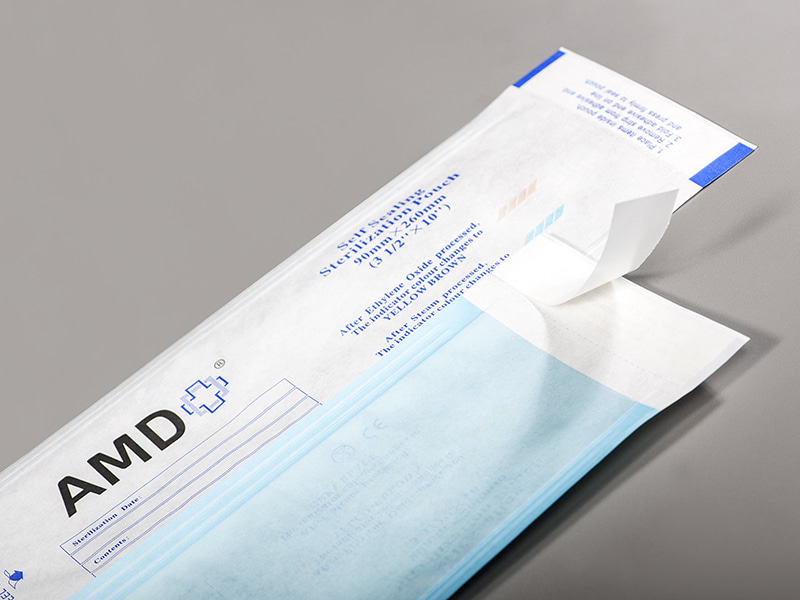
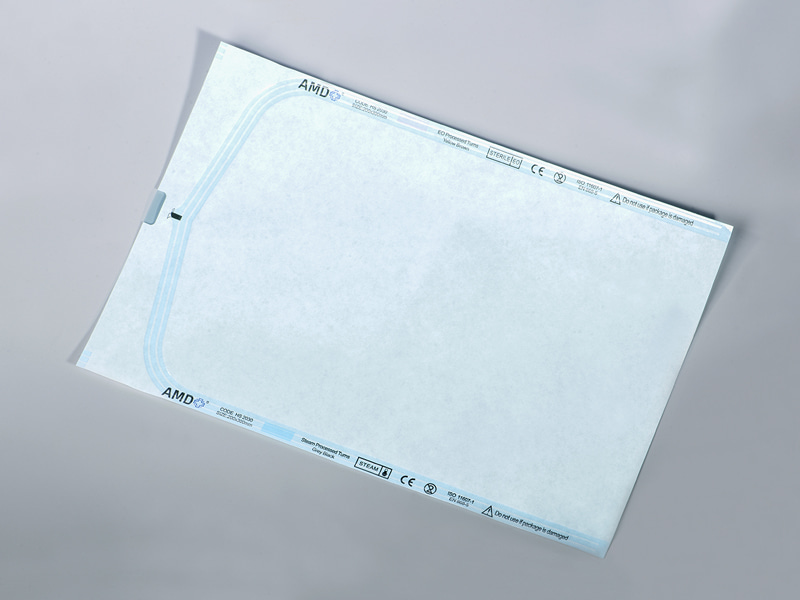
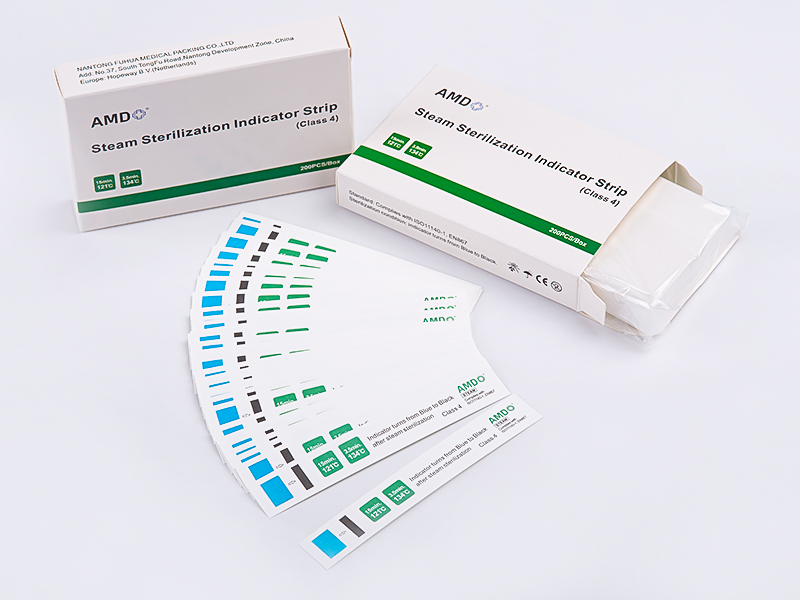
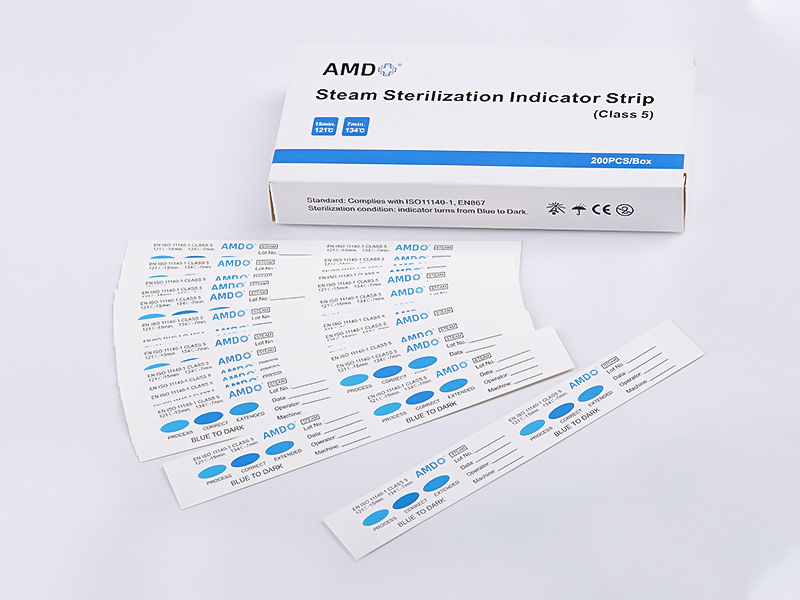

 ‘s-Gravenweg 542, 3065SG RotterdamThe Netherlands
‘s-Gravenweg 542, 3065SG RotterdamThe Netherlands
 +31 (0)10 254 28 08
+31 (0)10 254 28 08
